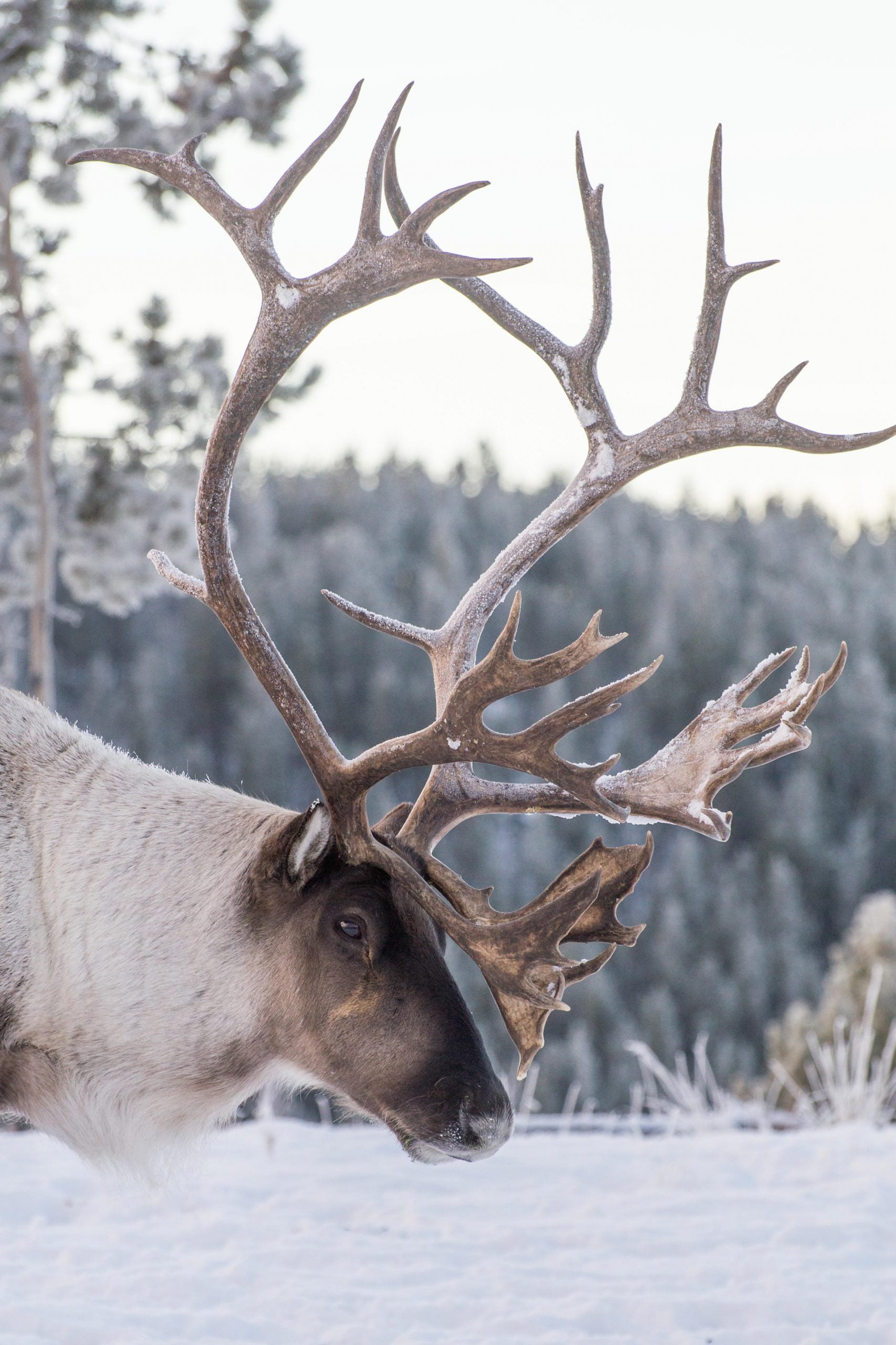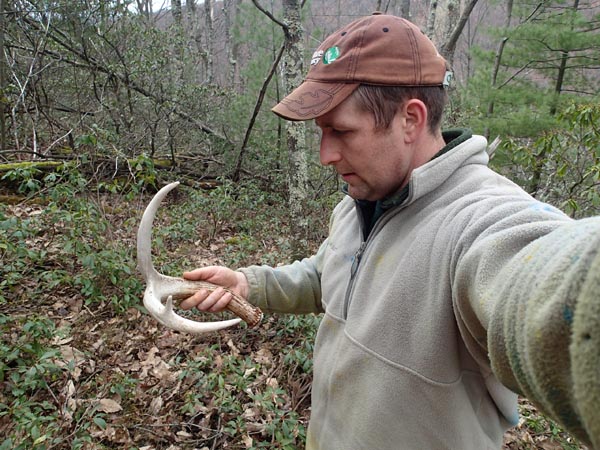Yes, moose shed their antlers annually, typically in the winter or early spring. Moose are known for their impressive antlers, which can span up to six feet in width.
The shedding process, also known as casting, occurs due to hormonal changes triggered by the changing seasons. While typically occurring between November and December, the exact timing can vary depending on factors like age, health, and environmental conditions. Shed antlers are a valuable resource for wildlife enthusiasts and artists, who use them for various purposes.
Understanding this natural phenomenon can help us appreciate the unique lifecycle of moose and their vital role in the ecosystem.
The Antlers Of Moose
Exploring the fascinating world of moose antlers sheds light on their growth, composition, and structure. Let’s delve into the intricate details to understand this natural wonder.
Growth And Development
Bulls grow a new set of antlers every year during the spring and summer months.
Composition And Structure
Moose antlers are composed of bone tissue, covered in a velvet-like skin rich in blood vessels.

Credit: yukonwildlife.ca
The Shedding Process
Understanding The Shedding Process of moose horns sheds light on Seasonal Patterns and Triggering Factors that contribute to this natural phenomenon.
Seasonal Patterns
In spring, moose begin to grow new antlers covered in a velvet-like substance for protection and nourishment.
- Antlers grow rapidly during spring and summer.
- In fall, antlers harden as blood supply is cut off.
- By winter, moose shed their antlers due to decreased testosterone levels.
Triggering Factors
Several factors can trigger the shedding of moose antlers, including environmental changes and hormonal fluctuations.
- Lengthening days in spring signal the start of antler growth.
- Reduced daylight in fall triggers hardening and eventual shedding.
- Low testosterone levels in winter prompt antler casting.
These natural rhythms of growth and shedding ensure moose are well-adapted to their changing environments.
Implications And Impact
Do moose shed their horns? This question holds significant implications and impact on various aspects such as behavioral changes and ecological significance.
Behavioral Changes
Moose shedding their horns can lead to noteworthy behavioral changes. Once the shedding process begins, male moose may demonstrate a decrease in aggressive behavior as they no longer have their primary weapon for dominance and mating. This can result in a shift in social dynamics within the moose population, affecting their interaction and mating patterns.
Ecological Significance
The shedding of moose horns also holds ecological significance. The shed antlers provide a valuable source of calcium and other nutrients for smaller animals and insects in the ecosystem. Moreover, the accumulation of shed antlers on the forest floor contributes to nutrient cycling and aids in the growth of vegetation, impacting the overall biodiversity of the ecosystem.

Credit: blog.nature.org
Human Interaction
Human interaction with moose and their antlers is an interesting aspect to explore. Conservation efforts play a vital role in ensuring the well-being of these majestic creatures, while hunting practices also have implications on the shedding of their horns. Let’s delve into these two aspects in more detail.
Conservation Efforts
Conservation efforts are crucial to maintaining a balanced ecosystem and preserving the moose population. Several organizations and wildlife agencies work towards protecting and conserving these magnificent animals. Initiatives include:
- Creating protected areas and reserves where moose can thrive undisturbed.
- Implementing regulations on hunting to ensure sustainable practices.
- Monitoring and tracking the moose population to understand their behavior and patterns.
- Restoring and preserving moose habitats by planting native vegetation and managing forest lands.
- Conducting educational programs to raise awareness about the importance of moose conservation.
By implementing such conservation efforts, we can help ensure the long-term survival of moose and their antlers.
Hunting Practices
Hunting has historically been a common practice among humans, and when carried out responsibly, it can contribute to population control and conservation efforts. However, it can also impact the shedding of moose antlers. Here are some important facts to consider:
- Moose hunting is regulated in many regions to protect the species from overhunting and ensure sustainable practices.
- Only male moose, also known as bulls, are typically targeted for hunting, as they grow larger antlers compared to females.
- As hunters selectively target moose with larger antlers, it can lead to an increase in the proportion of moose with smaller antlers over time.
- Intensive hunting can disrupt the natural shedding process, as moose may be harvested before they naturally shed their antlers.
It is important for hunters to adhere to regulations and practice ethical hunting methods to minimize the impact on moose populations and their antler shedding patterns.
Unraveling The Mysteries
Moose shedding their horns is an intriguing mystery, shrouded in myth and misunderstanding. Unraveling the truth behind this phenomenon requires a deeper look into the yearly antler shedding process of these majestic creatures. Understanding the biology and behavior of moose offers valuable insight into this fascinating natural occurrence.
Scientific Studies
Understanding the shedding of moose horns has captivated the curiosity of both scientists and nature enthusiasts alike. Through rigorous scientific studies, researchers have sought to uncover the intricacies of this natural phenomenon. These investigations have revealed fascinating insights into the biological mechanisms behind moose antler shedding.
One study conducted by Dr. Jane Peterson and her team at the University of Wildlife Biology analyzed the hormone levels in moose during the horn-shedding period. They discovered that a decrease in testosterone and an increase in estrogen played a significant role in triggering the shedding process. This groundbreaking finding shed light on the connection between hormonal changes and antler shedding.
In another landmark study, Dr. Mark Roberts and his colleagues at the Institute of Animal Behavior monitored moose in their natural habitat to ascertain if environmental factors influenced antler shedding. Their observations revealed a correlation between declining daylight hours and the shedding of horns. This study provided evidence that light exposure played a crucial role in signaling the initiation of antler shedding.
Future Research
While scientific research has contributed valuable insights into why moose shed their horns, there is still much to be explored. Future studies can focus on unraveling the precise mechanisms that trigger the shedding process and the exact role of hormones and other environmental factors. By delving deeper into these mysteries, researchers can gain a more comprehensive understanding of this intriguing natural phenomenon.
Additionally, future research could examine the impacts of antler shedding on moose populations and their ecosystems. Understanding how shedding affects mating behaviors, territorial disputes, and overall fitness can provide critical information for wildlife conservation efforts.
To further advance our knowledge, researchers may also harness technological advancements such as GPS tracking and hormone monitoring devices. These tools can provide real-time data on moose behavior, hormone levels, and shedding patterns, allowing for more accurate and detailed studies.

Credit: yukonwildlife.ca
Frequently Asked Questions Of Do Moose Shed Their Horns
Do Moose Shed Their Antlers?
Yes, moose shed their antlers annually. This process occurs in late fall or early winter when the hormone levels in male moose drop. Shedding their antlers allows them to grow a new set in the following spring.
How Long Does It Take For Moose Antlers To Grow Back?
Moose antlers take about 3-5 months to grow back fully. After shedding, a bony stub called a pedicle remains on the moose’s skull, from which the new set of antlers emerges. The antlers start growing in the spring and continue to develop until they are fully grown.
Why Do Moose Shed Their Antlers?
Moose shed their antlers as a result of hormonal changes in their bodies. The shedding process allows moose to grow a new set of antlers that are larger and more developed. Shedding also helps to conserve energy during the winter months when resources are scarce.
Can You Find Shed Moose Antlers In The Wild?
Yes, it is possible to find shed moose antlers in the wild. Moose shed their antlers in specific areas, such as bedding sites or feeding areas. Hikers, wildlife enthusiasts, and collectors may stumble upon shed moose antlers while exploring these habitats.
Conclusion
The shedding of moose horns is a natural and fascinating process. Understanding the reasons and patterns of moose shedding their horns can help us appreciate and protect these magnificent creatures. Whether for the sake of wildlife conservation or personal curiosity, the phenomenon of moose shedding their horns is a captivating aspect of nature.



